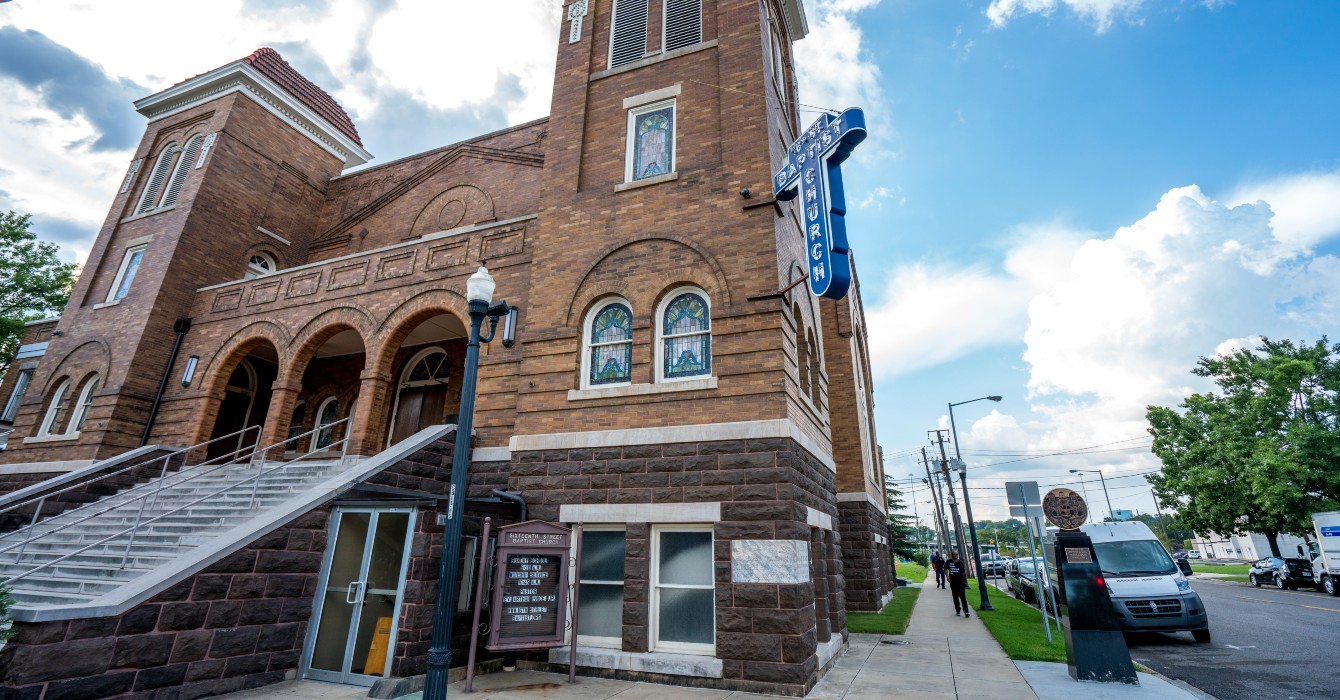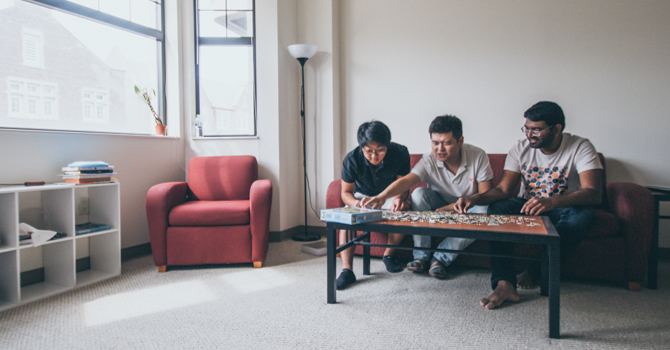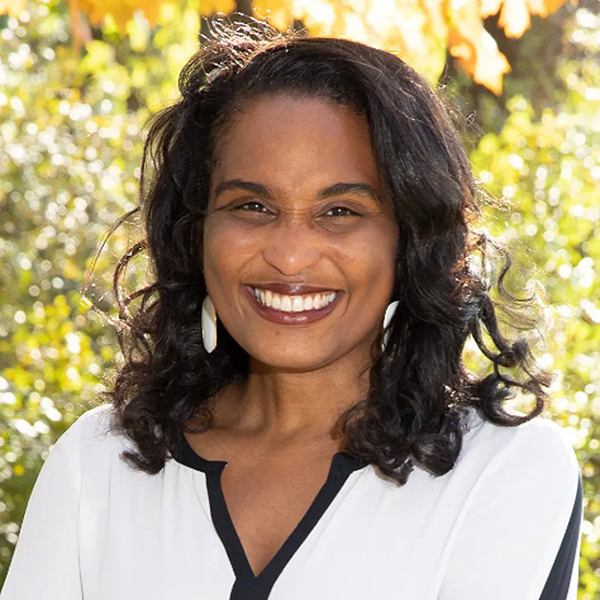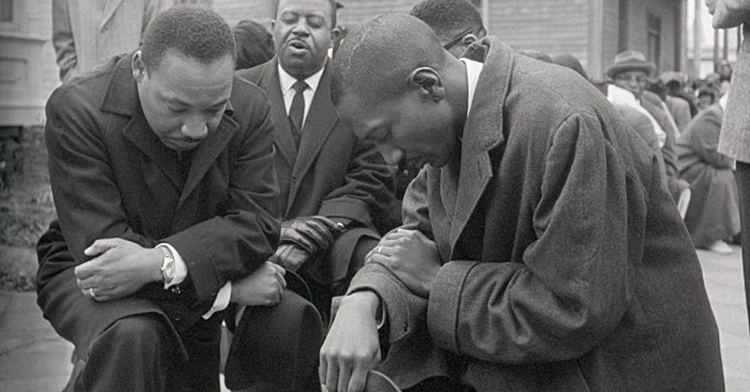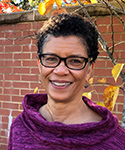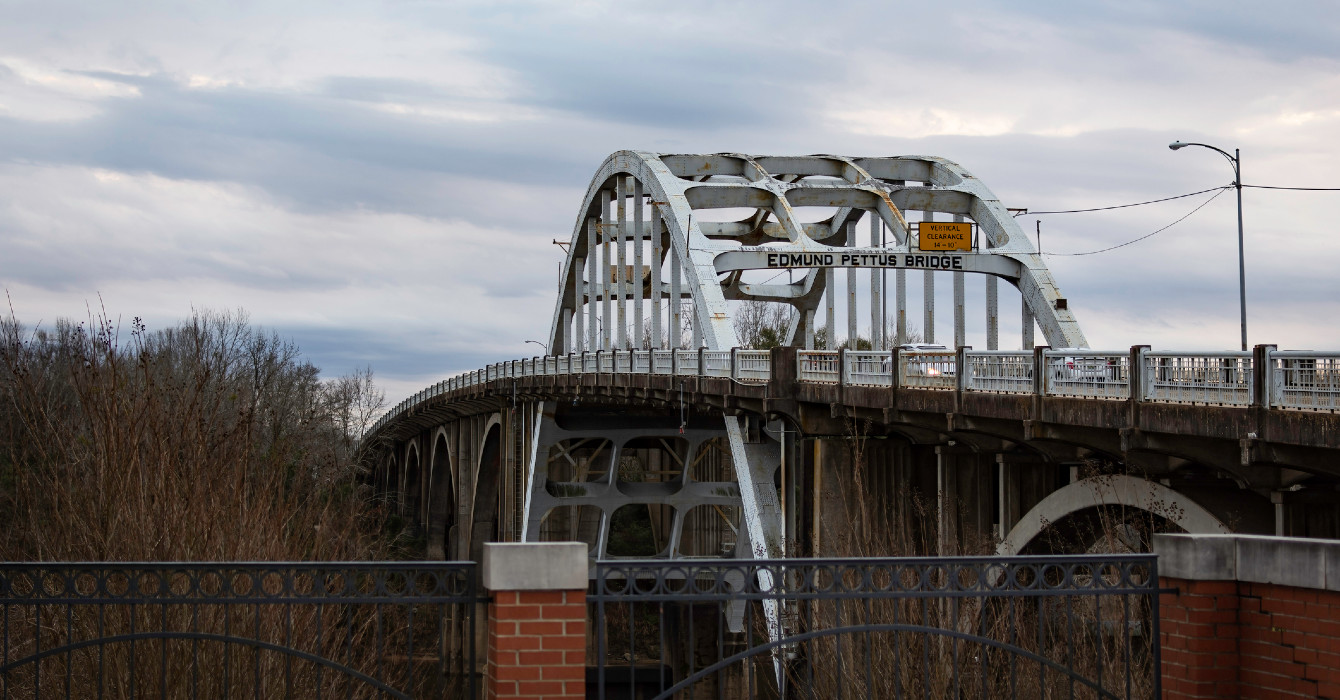For many first-time visitors to Metro Baptist Church, it might take a few moments before they realize they are standing in the middle of a sanctuary.
While the painted ceilings and stained-glass windows of the previous resident are still intact, the bright, open space is more like a blank canvas than a house of worship. It adapts to any number of landscapes: classroom, study hall, playground, dance performance space, food pantry and, oh yes, Sunday church service.
“This is a sanctuary for people in a lot of ways. It’s all Metro and who we try to be,” said the Rev. Alan Sherouse, who has been Metro Baptist’s pastor since 2009. “There are all these different communities layered on top of each other. For me, reaching out to all these communities is not only what it means to be a church but what it means to be a pastor.”
Since Metro opened its doors here in 1984, it has endeavored to meet the needs of the poor and working-class communities of Hell’s Kitchen -- a New York neighborhood that earned its nickname through more than a century of poverty, violence and crime.
Today, this small church tucked between the entrance to the Lincoln Tunnel and the New York Port Authority Bus Terminal provides a wealth of educational and direct services.
Operating with a small budget and a tiny staff, Metro and its sister nonprofit, Rauschenbusch Metro Ministries, serve 1,400 to 1,600 community members per year through an outreach program that involves Head Start preschool, after-school educational programs and homework help, a teen center, English-language evening classes for adults, and direct services to the community through a food pantry, a clothing closet, school supplies and toiletry kits, and holiday meals and family events.
The organizations make the most of their space and their location, as well as the efforts of hundreds of eager volunteers who sustain the work and engage in outreach on a scale that borders on the miraculous.
“Leveraging resources is a major theme in a church like ours,” Sherouse said.
Location and opportunities attract volunteers
On a recent afternoon at Metro Baptist, for example, third- and fourth-graders were making scones in the basement while learning about British culture. One floor up, in the sanctuary, another group of grade-schoolers was getting help with their homework and preparing for the dance and photography lessons to follow. Meanwhile, high school students on the second floor were debating the merits of the bright shade of yellow they had chosen to paint the walls of the teen center.
One resource RMM has in abundance is volunteers. With a full-time staff of just three people, Metro Baptist and RMM have gotten creative about luring volunteers to perform the kind of work that is so integral to their commitment to the social gospel. According to Tiffany Triplett Henkel, RMM’s executive director, there are 600 volunteers who regularly contribute time.
One of them is Sarah Pope, a dancer who volunteers at RMM’s after-school Page Turners program every Thursday afternoon. After helping the kids with their homework, she teaches dance, getting the kids to swirl, glide, slither and sway across the sanctuary floor.
“This is kind of a home space for many of these kids, who have grown up being involved in the programming of RMM. I think the most important aspect for many of them is the sense of community and belonging that they get out of being at Metro,” Pope said. “During my involvement, I have seen the quantity and quality of volunteers and activities increase.”
Pope’s involvement with Metro Baptist dates back a decade. After graduating from Texas Christian University, she was eager to come to New York and pursue a dancing career; she contacted Metro Baptist at the suggestion of her college pastor. Soon thereafter, Pope was among the first wave of volunteers to trade time, talent and enthusiasm for free rent in New York City.
In a city where space is at a premium, Metro Baptist has used its upstairs dorm rooms to attract a group of young volunteers to staff the programs that are at the heart of its outreach ministry.
Aside from Sherouse and Henkel, only one other staff member, volunteer coordinator Robert Brunson, is full-time. The majority of the people staffing RMM are volunteers who, in exchange for free living space in the church’s fourth-floor dormitory rooms, give 15 to 20 hours a week of service.
Pope lived in the Metro Baptist dorms from 2003 to 2005, when she served as director of Page Turners, the after-school program. Now married and living in Brooklyn, she has maintained her ties to RMM. Pope also dances with a company in residence at Metro that holds a monthly performance series in the sanctuary.
“In the beginning, we had a few volunteers who were doing most of the work,” said Ronnie Adams, who has been involved with RMM since its inception. “One of the big turns for RMM was providing room for staff members. That helped the program expand, bringing in young adults who wanted to come to New York to explore their dreams.”
The Rauschenbusch legacy
Establishing RMM in 1995 allowed Metro Baptist to provide outreach services to the community around them on an ambitious scale. RMM operates on a limited budget of $440,000 per year, more than half of which is donated in kind from Metro Baptist in the form of staff housing, facility use and supplies.
“We are intentional about being interfaith and ecumenical and partnering with others to meet a common good,” Henkel said. “But there were also practical reasons -- such as kinds of funding you can go after.”
Establishing a nonprofit arm also opened up possibilities to partner with a variety of organizations, such as New York Cares, an NGO that links New Yorkers who want to volunteer with organizations throughout the city. New York Cares sends between 40 and 50 volunteers to RMM weekly.
The other big idea, according to Adams, was bringing on Henkel as executive director of RMM. Until she transitioned into the position in 2008, the pastor of Metro Baptist also headed RMM. For more than 15 years, Metro Baptist and RMM have occupied the same buildings, been fueled by the same staff, and been inspired by the same ideas.
“What is the difference between Metro Baptist and Rauschenbusch Ministries? Nothing,” Henkel explained to a group of college students from Tennessee who came to do a week of service in New York as part of RMM’s urban immersion program. “The people and heart are the same. We want to live out the gospel as we understand it, which means meeting the social needs of the community.”
Even before RMM was created, the founders of Metro Baptist were committed to the social gospel. The church started out in 1974 as a Bible study group on New York’s Upper West Side, where the members rented office space.
“Every Saturday they would make a big pot of soup and go across the street to the park to feed the homeless people. They were building relationships,” Henkel said.
In 1982, the community formally became the Metro Baptist Church of Manhattan and began looking for a home of its own. Some members of the congregation who volunteered in Hell’s Kitchen often passed the boarded-up building on 40th Street -- once home to St. Clement’s, a Polish Catholic church that closed after its parishioners left the neighborhood. One day the inspiration hit: this would be a great place for Metro.
“The move here was really about being part of the community, not about finding a comfortable place to sit,” Henkel said.
In 1984, Metro Baptist acquired the building at 410 W. 40th St. and immediately began providing for the direct needs of the community. The idea to form a nonprofit organization as the umbrella for the church’s outreach services followed in 1995. Then-pastor David Waugh decided to name it after the father of the social gospel -- the Rev. Walter Rauschenbusch, the early-20th-century theologian, social reformer and Baptist minister whose New York City church was located just three blocks from where Metro sits today.
In recent years, Metro Baptist has expanded its outreach as well as its congregation. In the past five years, this little church has had a 66 percent increase in active membership, now claiming about 100 parishioners, many of whom are active in RMM’s outreach work. It is affiliated with the Alliance of Baptists and the Cooperative Baptist Fellowship.
“They didn’t grow real fast, but they’ve survived and are poised to make a real impact and grow. They’ve accomplished an amazing amount on a small budget, and they are doing it in a very interesting way,” said Tony Carnes, researcher and founder of the online journal A Journey Through NYC Religions. “We might wonder if their time has come.
“The question they face now is, how do they convert some of those beneficiaries into commitments?” Carnes said. “Youthful energy and enthusiasm in New York does go a long way, but they will need to find a way to gain commitment. Then their budget will grow and they’ll be able to do more.”
Gaining those commitments may be a challenge in a church where the approach is based on dialogue rather than conversion.
“We are unapologetic about our faith, but we do not have the expectation of conversion. We don’t want to proselytize to people who benefit from our services,” Sherouse said. “We are building great relationships with the community, and they know we’re not beating their kids over the head with a Bible.”
That, Sherouse adds, is a challenge for left-of-center churches such as Metro Baptist, which remain focused on not imposing on anyone. These are issues that Sherouse and Henkel discuss as they take stock of their recent accomplishments and envision the church’s future.
“We have found that there are a lot of entry points into the life of Metro -- a lot of ways people can find us, either through a particular interest or a desire to volunteer or connect with a faith community,” Henkel said. “We are excited about that, and want to be intentional about ways people can stay engaged once they find themselves here.”
Growing crops on the rooftop
One such entry point is Metro Baptist’s roof garden, which RMM started last year to provide organic produce for two food pantries in the neighborhood. Standing on the roof amidst the rows of sky-blue plastic kiddie pools ready to be planted with this season’s harvest, Sherouse recalled the efforts of the “bucket brigade” that helped launch the garden.
With a truck full of 7 metric tons of dirt out on the street, 70 volunteers lined up between the truck and the roof, snaking their way up four steep flights of steps. For four hours they passed buckets of dirt, hand to hand, up to the roof, until the 50 plastic kiddie pools were full.
Bob Baer’s interest in Metro was certainly piqued by the lure of rooftop harvests. “Feeding local people from a previously unused space on top of a church is a small miracle,” said Baer, a retired labor union attorney who joined the church in the past year.
Having spent many summers of his youth helping out on the farm of a family friend, Bob brings both passion and knowledge to the roof garden project.
“Growing crops on a rooftop in New York is a pretty exotic undertaking. Rooftop gardening is a relatively new phenomenon here -- part of a larger and growing urban farming movement,” Baer said. “I step onto the roof, look out at the Port Authority Bus Terminal, the high-rises and the Hudson River, and am inspired by what we are trying to do. The sky is the limit.”
Sherouse said: “The roof is a metaphor for me. In a dense city, this is a place to take a long view. A place for collaboration. A place to educate kids and think about where our food is coming from. It is an entry point for people -- a vehicle for community building, education and advocacy.”
Questions to consider
Questions to consider:
- Metro Baptist is "different communities layered on top of each other." What communities are part of your institution? How do you encourage them to overlap in generative ways rather than exist in isolation?
- What are unconventional ways to use your institution’s facilities to extend the scope of your mission?
- Metro Baptist leverages its free dorm rooms to attract and retain volunteers. What resources could you leverage to create a sustainable venture?
- How can you collaborate with other service-based agencies to be effective in your community-building initiatives?




